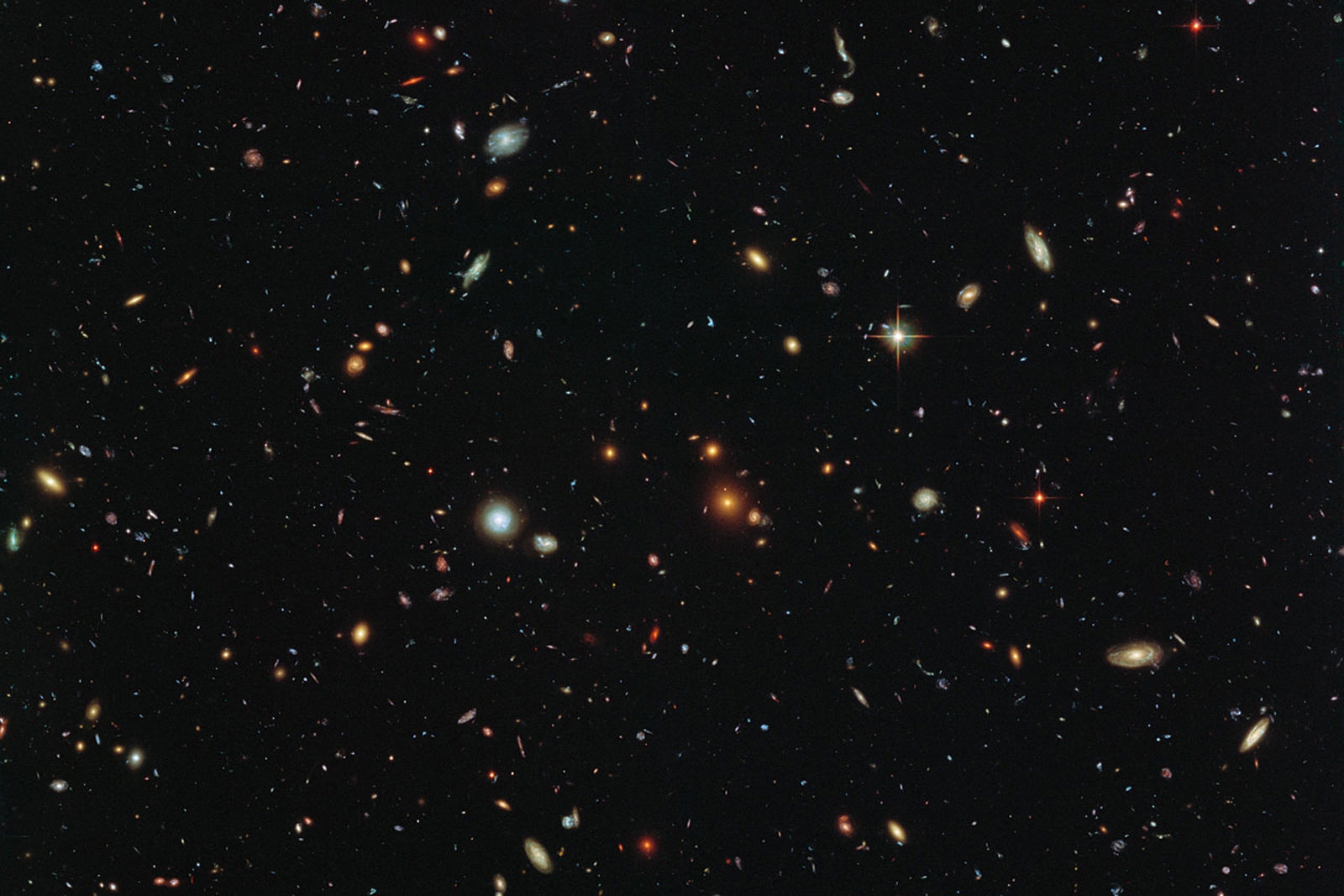How do you understand the development of galaxies when even the younger examples are frequently billions of years old? Simulate as many universes as you can, apparently. Researchers at the University of Arizona have used the school’s Ocelote supercomputer as a “UniverseMachine” that generates millions of mini universes to see how well they line up with the real cosmos. Rather than try to portray every nuance of the whole universe (even a single fully modeled galaxy would require far too much computing power), the team devised a system that had just enough resolution to scale from supernovae to a “sizeable chunk” of observed space. Each virtual universe had a different set of rules, and it was largely a matter of seeing which simulations lined up the closest with real data.
The production of roughly 8 million simulated universes took ‘just’ three weeks.
The approach is not only helping to understand how galaxies evolve, but is challenging existing theories. To begin with, galaxies may produce stars for considerably longer than previously thought. Star formation should have ended ages ago under existing models, and dark matter might not have been quite so hostile to that formation in the universe’s early era.
Scientists aren’t necessarily going to toss out their current knowledge. There could be gaps in data, and there will be plenty of room for finer-grained detail as computing performance improves. Even so, this could still represent a boon for science — certainly for anyone worried that it could take decades or centuries before computers could come close to providing useful recreations.
(40)

